Humza Yousaf, we hardly knew ye. But, still, it was more than enough time for us to know for sure that you were not up to it.
The first minister bowed in the face of political reality on Monday and resigned after just over a year in office. In the past few days, he had lost the faith of the Scottish Greens and most key players in the SNP, and he never really had the trust of the electorate.
He was always a poor choice for a tough, complex job that requires a big hitter, and which quickly exposed Yousaf – allowed him to reveal himself, in fact – as a small-time player.
In his resignation press conference, he insisted he could have found a way to stay in post by cutting deals with opposition politicians, but that he was “not willing to trade [his] values and principles simply for retaining power”. Politics, he added, “can be a brutal business – it takes its toll on your physical and mental health”, but said that he bore no grudges.
At the last, it was a dignified and generous exit. But attention will move quickly on.
The SNP now has a big decision to make, but there is also more than one. It must choose who should replace Yousaf, of course. But it must also decide whether it has learned from the mistake it made in electing him as leader and first minister in the first place.
And it must decide which it values more – continuing down the tried, tested and failed route of Sturgeonism, or changing direction in a way that realigns the party and government with the immediate priorities of mainstream voters. One more heave for indy ain’t going to cut it.
No sense of fresh air post-Sturgeon
All parties go through moments of radical ideological purity – Labour and the Tories have both done so recently, the former with Jeremy Corbyn, the latter with Liz Truss. Both were short-lived disasters, and both parties wised up in the aftermath, by choosing the more moderate and appealing Keir Starmer and Rishi Sunak.
Will the Nats do the same? It’s impossible to know just yet. The Sturgeonite grip on the levers of power lessened with the departure of Peter Murrell and Nicola Sturgeon herself, but that wing of the SNP kept a significant degree of control by ensuring its favoured candidate – Yousaf – replaced her, and that the cabinet he appointed was stuffed with her allies.
This meant there was no sense of fresh air or a fresh start about the new administration. For all the struggles and missteps of Sturgeon’s final year in office, Yousaf, with the same people around him, was simply committed to more of the same.
If it was obvious to many of us then that this was the wrong path to take – including, the polls suggested, the electorate – we were dealing with a clique that had grown arrogant and complacent on the back of its many successes. The ground had shifted underneath them, but they were flying too high to notice.
Party members had grown used to doing what they were told, and just enough of them did so to deliver Bute House to the chosen man over the more publicly popular Kate Forbes.
It was evident from the moment Yousaf took office that he was flailing, that he lacked the essential mix of judgment, vision and natural authority that leaders require if they are to succeed.
To this was added a plethora of personal miscalculations and short-sighted manoeuvres – Humza would make a terrible chess player
In truth, this had been obvious long before to anyone who had paid attention to his record as a minister, and his underwhelming performance in the leadership campaign.
He didn’t have his problems to seek, given the toxic legacy left by Sturgeon and the ongoing police investigation into SNP finances, but nor, given his allegiances, was he able to fully disentangle himself from them. To this was added a plethora of personal miscalculations and short-sighted manoeuvres – Humza would make a terrible chess player.
What’s the next move?
So, which way will the Nats move? We’ll have to see who throws their hat into the ring, obviously.
Will Sturgeon’s former deputy John Swinney be persuaded to perform the role? What would he possibly bring, beyond an expected degree of calm? Is that real change?
Will the party allow Forbes – with her air of competence, dynamism and mainstream policy focus – to take them back on to the centre ground of politics, or will her socially conservative views rule her out for a second time? Do they love the “progressive” social agenda that bit too much?
Will they opt for Neil Gray, a Yousaf loyalist about whom few of us, including many SNP voters, have much knowledge or any kind of fixed view?
Or Jenny Gilruth, who has so far been a low-key education secretary, and would, again, be an unknown quantity? Or someone else from within a talent pool that is hardly oceanic in depth?
That choice, when it is finally made, will tell us a lot about what matters most to the party that has ruled Scotland, for better and worse, for 17 years. They are either capable of frank self-assessment and have a mature commitment to electoral victory and moving with the times, or they are ideologues still so enflamed by the gender wars and associated identity politics that they cannot bring themselves to adapt. Neither outcome is a given.
They know now that Humza Yousaf was a mistake. We’re about to find out whether they’ll make another one.
Chris Deerin is a leading journalist and commentator who heads independent, non-party think tank, Reform Scotland

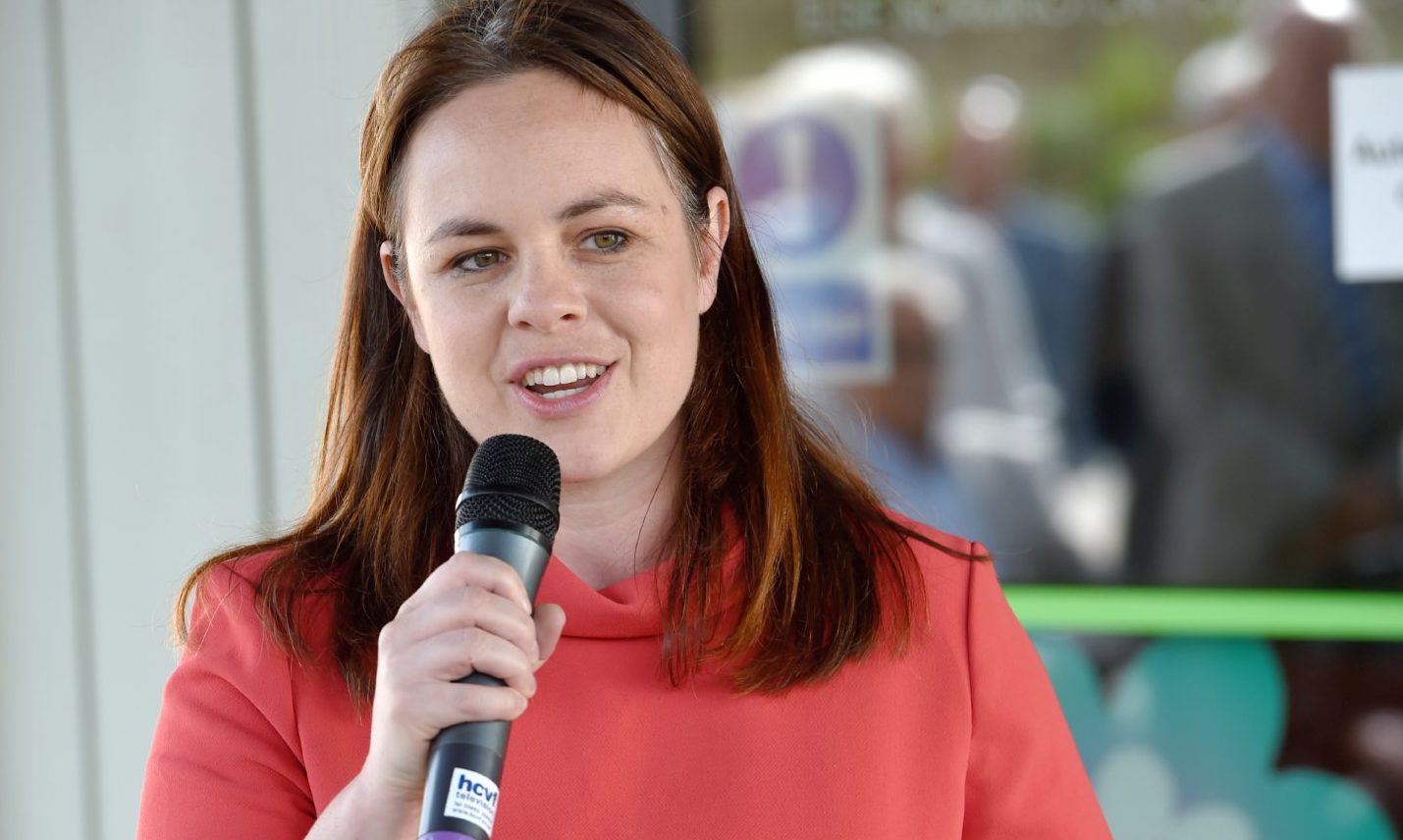

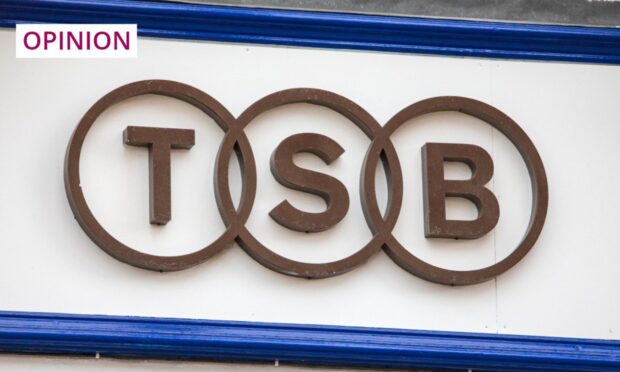
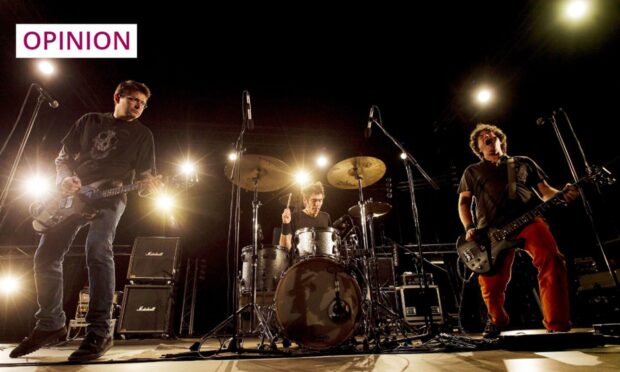

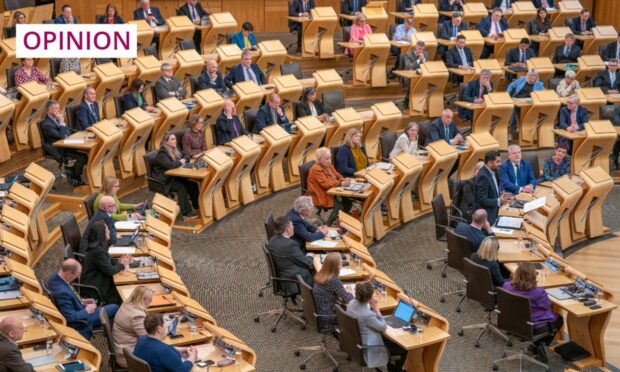
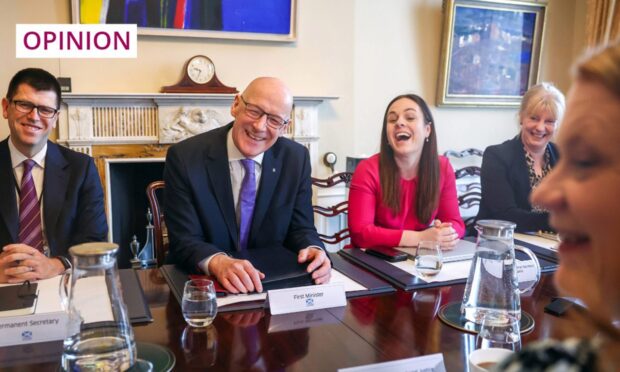
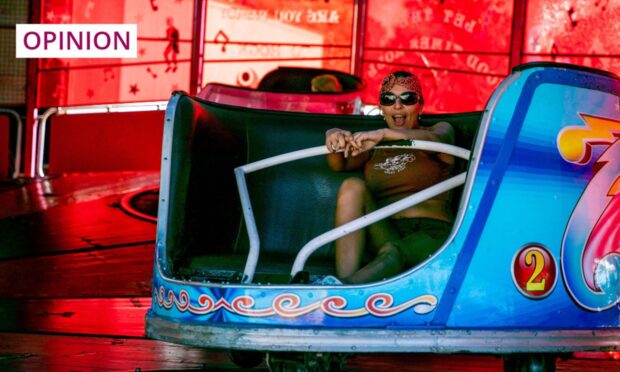
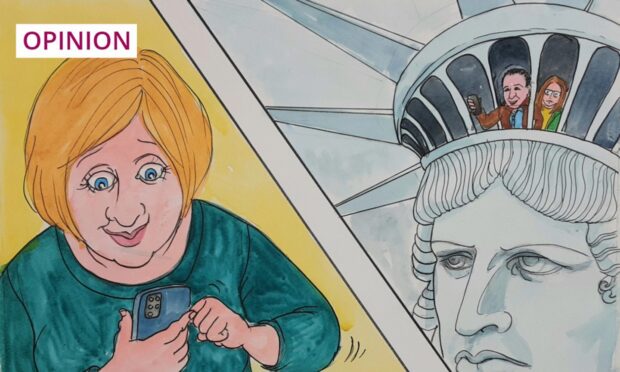
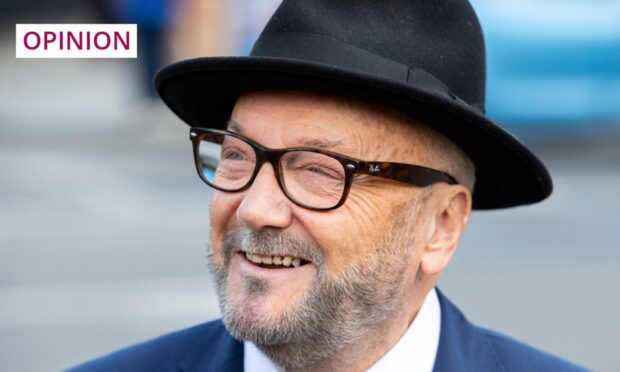

Conversation